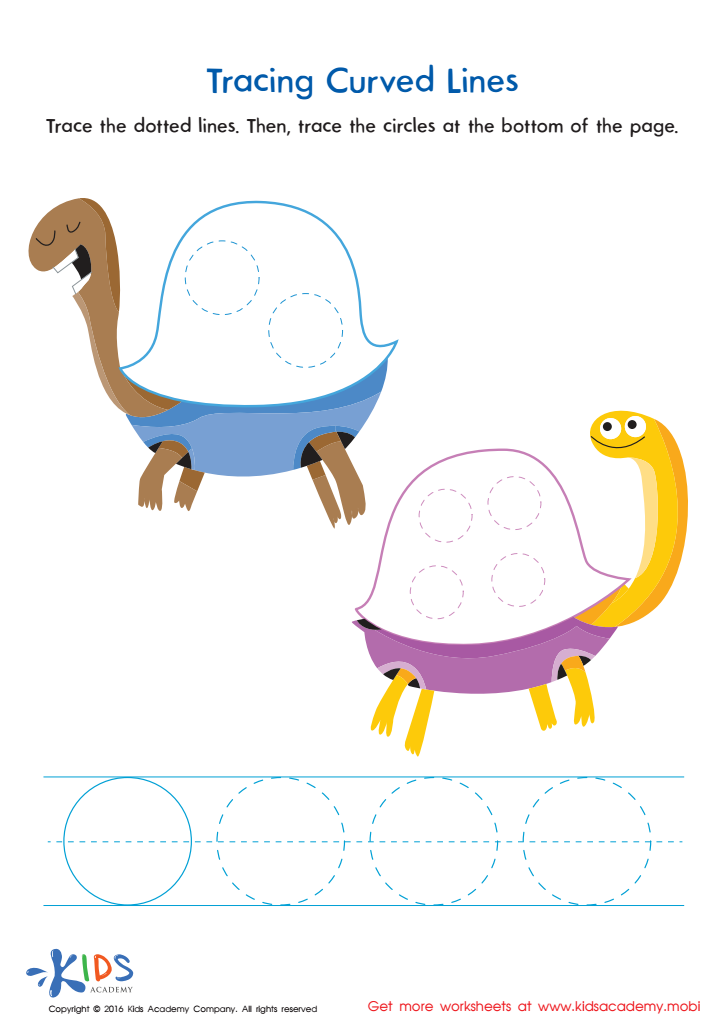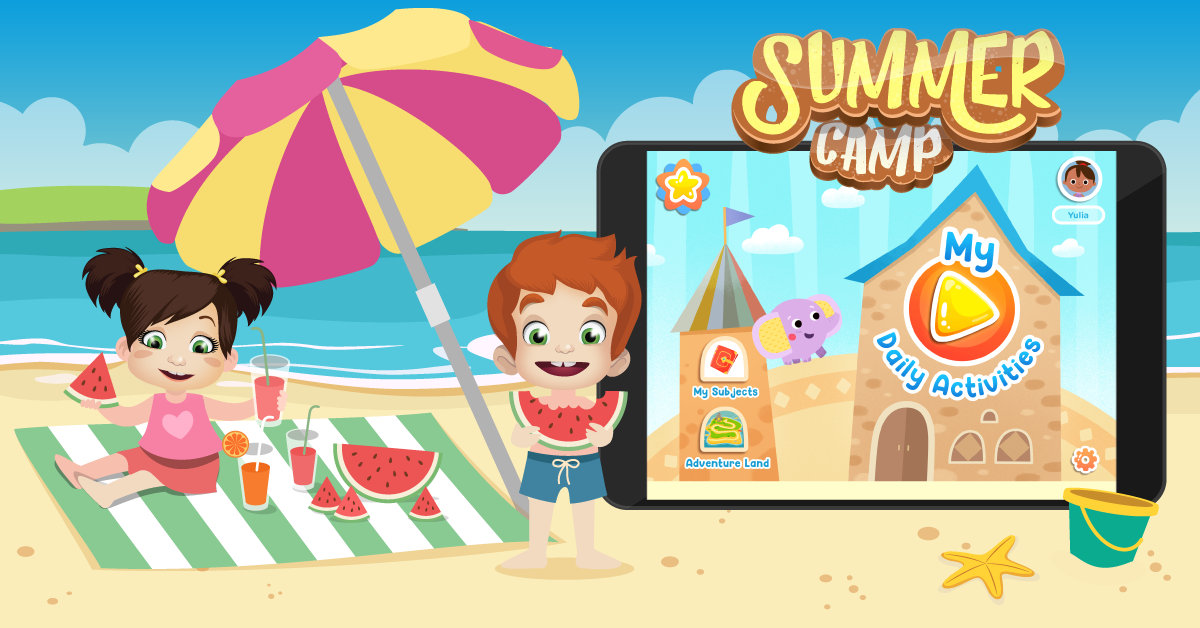Normal Tracing Lines and Curves worksheets activities for Ages 5-8
5 filtered results
-
From - To
Discover engaging Normal Tracing Lines and Curves worksheets designed for children aged 5-8. Our carefully crafted activities help young learners develop essential fine motor skills, hand-eye coordination, and early writing abilities through fun and interactive tracing exercises. These worksheets provide a variety of line and curve patterns, encouraging creativity and concentration as kids practice their tracing techniques. Ideal for use in classrooms or at home, these activities support preschool and early primary education while making learning enjoyable. Download and print our tracing worksheets to give your child the perfect start to their writing journey! Explore and encourage your child's potential today!
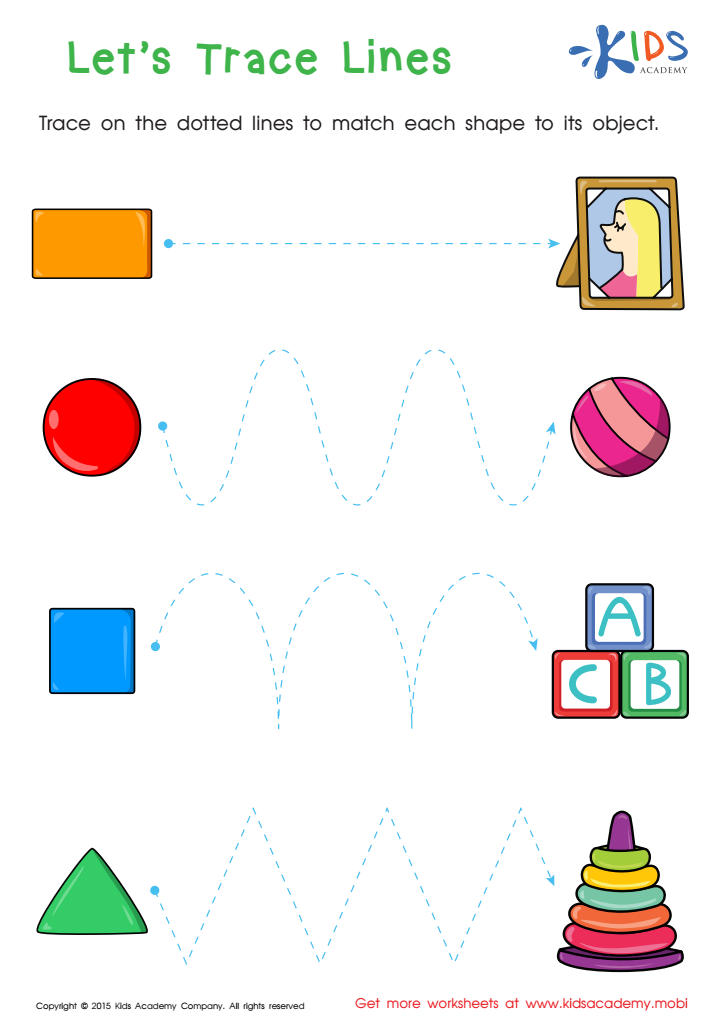

First Words: Let's Trace Lines Worksheet
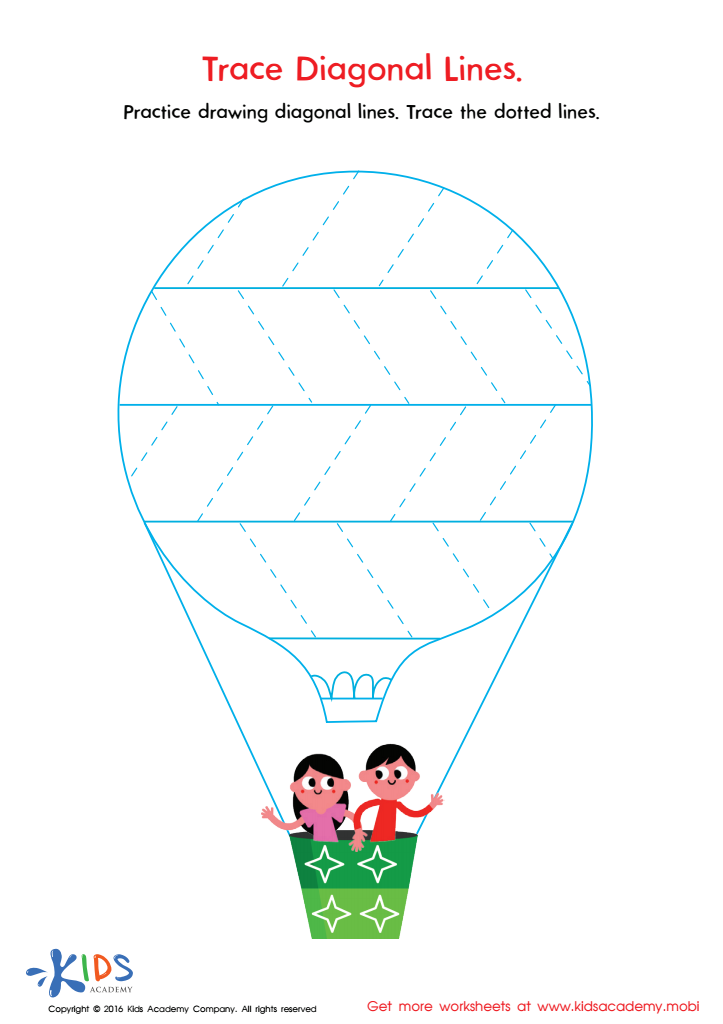

Trace Diagonal Lines Worksheet
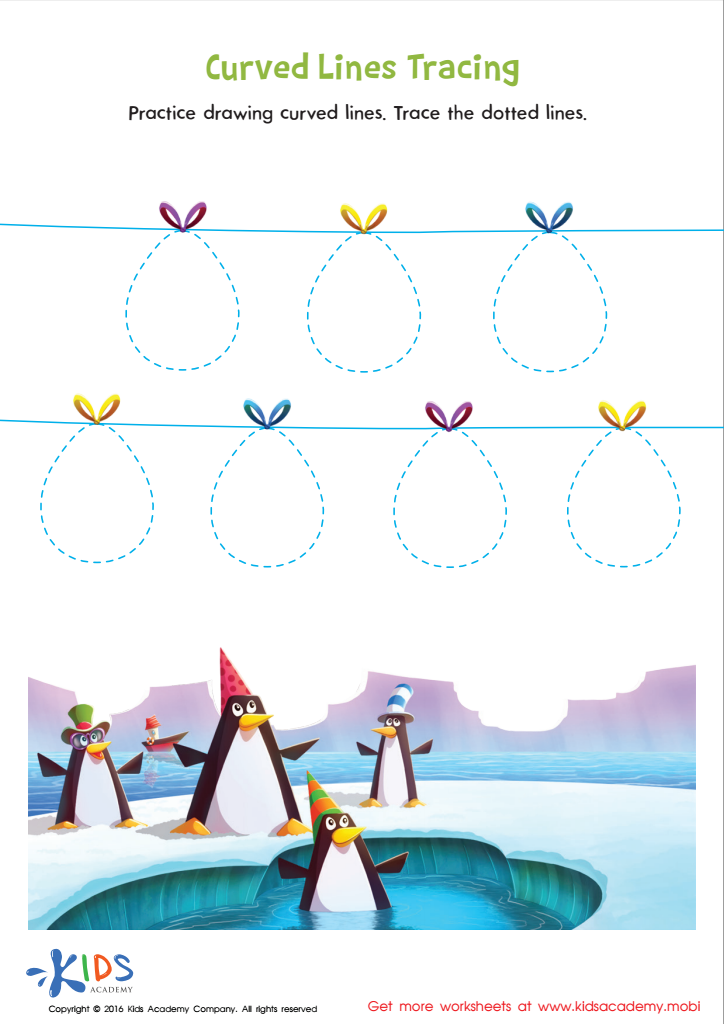

Curved Lines Tracing Worksheet
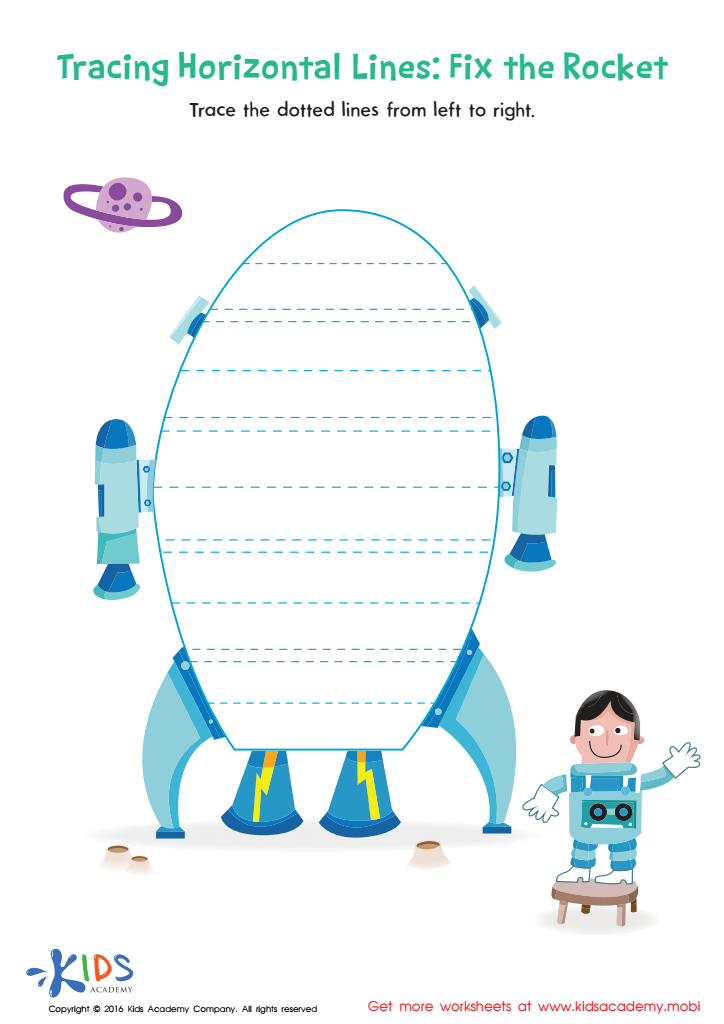

Tracing Horizontal Lines Worksheet
Normal Tracing Lines and Curves activities are essential for children aged 5-8, as they play a significant role in developing fine motor skills and hand-eye coordination. Engaging in these activities allows children to practice essential writing and drawing techniques, laying a strong foundation for future literacy and artistic abilities.
Moreover, tracing activities introduce children to the concepts of shapes, patterns, and spatial awareness. This early exposure helps enhance cognitive development, encouraging critical thinking and problem-solving skills. As kids trace lines and curves, they also engage in visual discrimination, enabling them to recognize differences and similarities between various forms.
Additionally, these activities foster concentration and patience, essential characteristics for effective learning. As children focus on tracing, they gain a sense of accomplishment and confidence when they successfully complete a task, contributing positively to their self-esteem.
Furthermore, Normal Tracing Lines and Curves activities are easily adaptable and can be integrated with fun themes and playful scenarios, making learning enjoyable. Therefore, both parents and teachers should prioritize these activities, understanding their impact on overall child development, academic readiness, and providing engaging, interactive experiences that promote growth in critical skill areas.
 Assign to My Students
Assign to My Students
